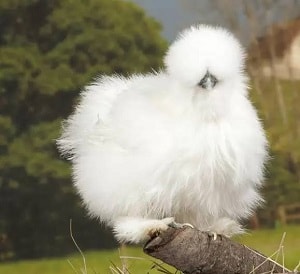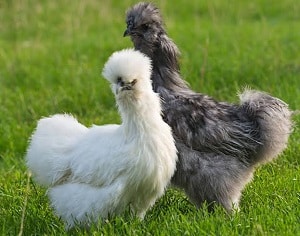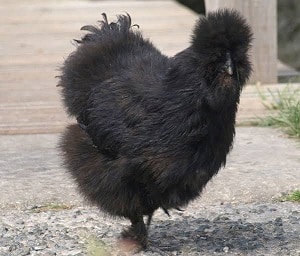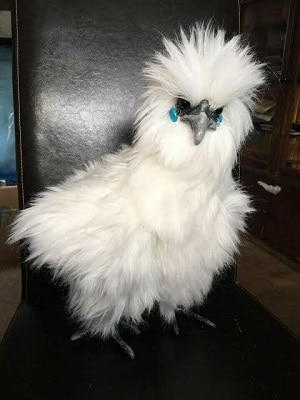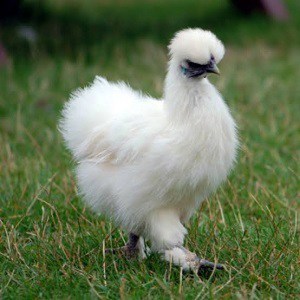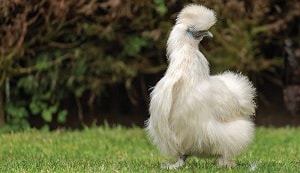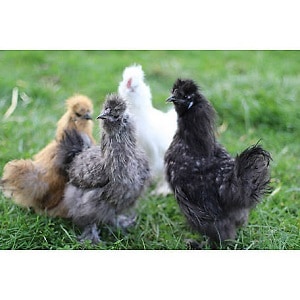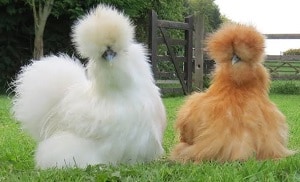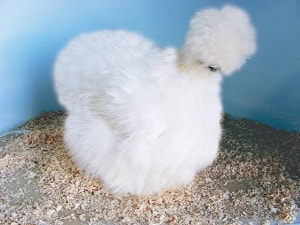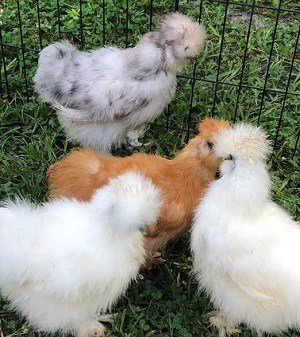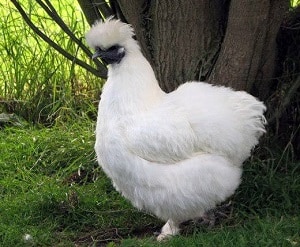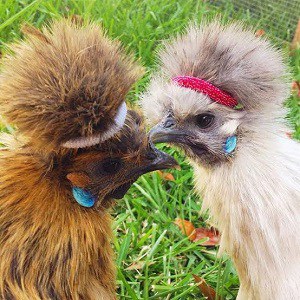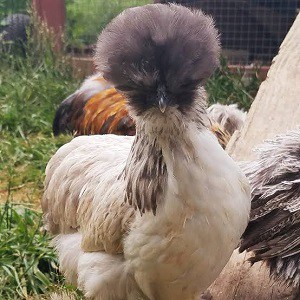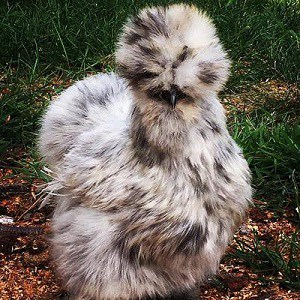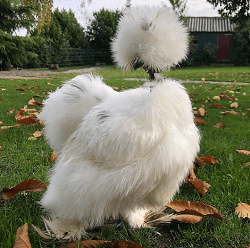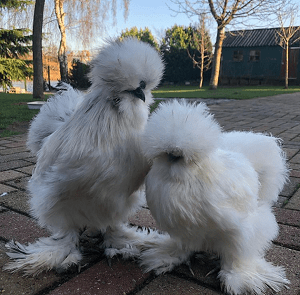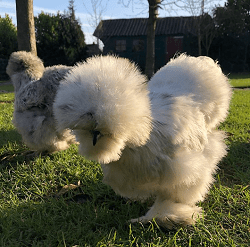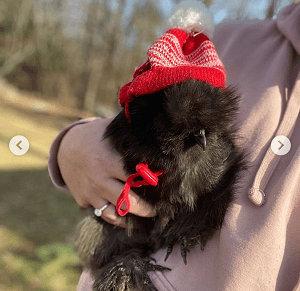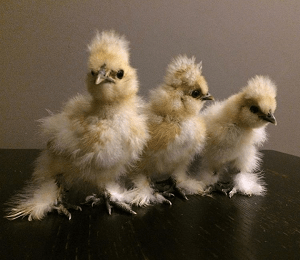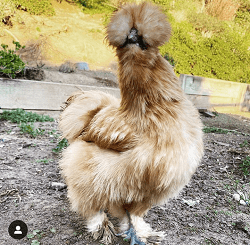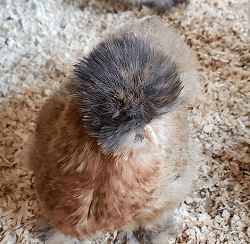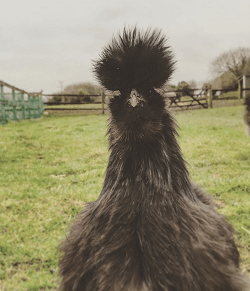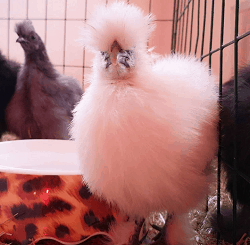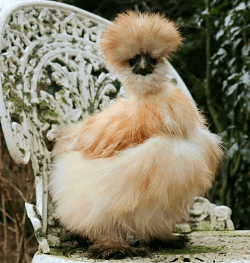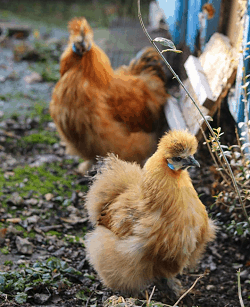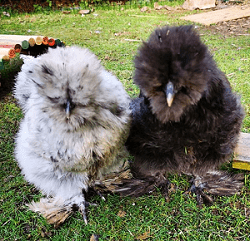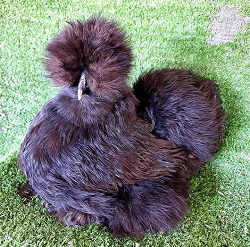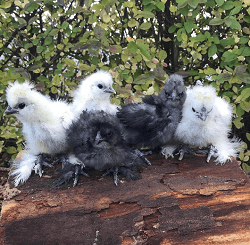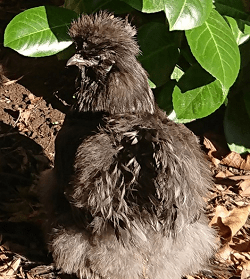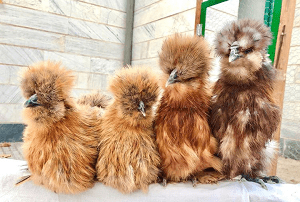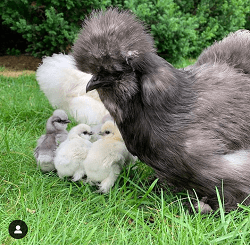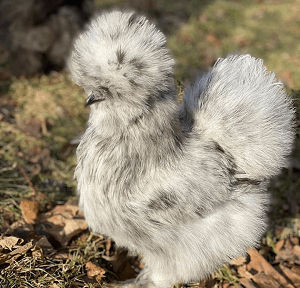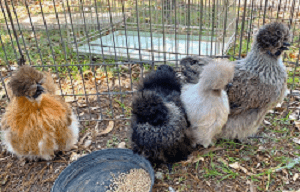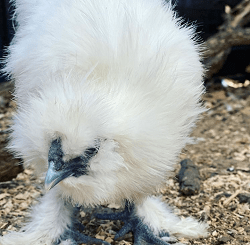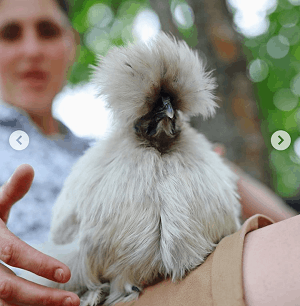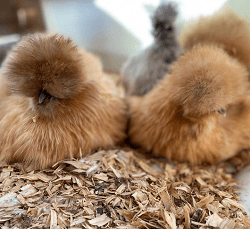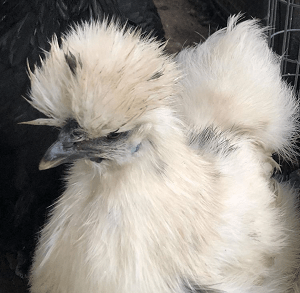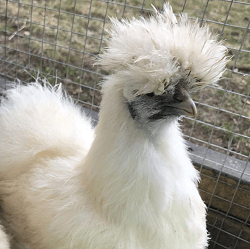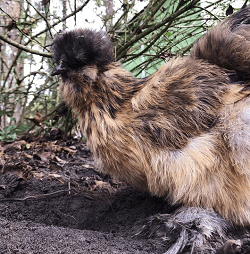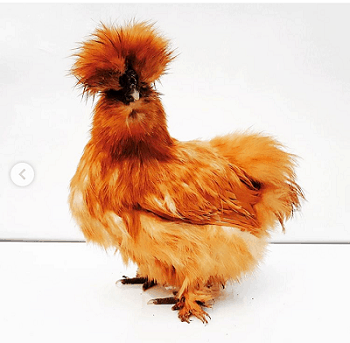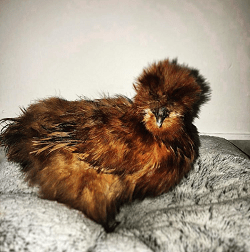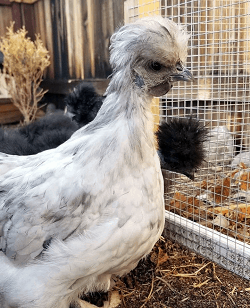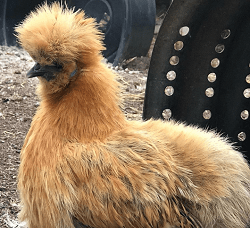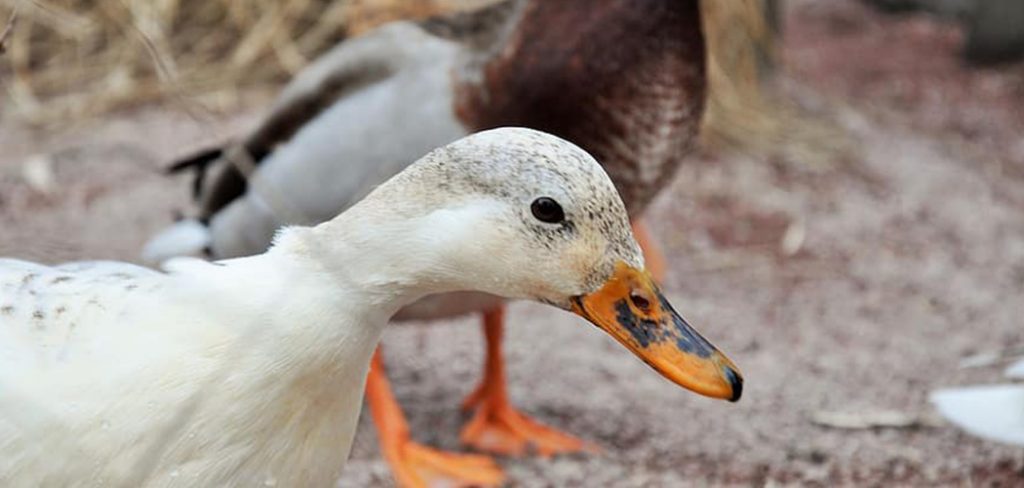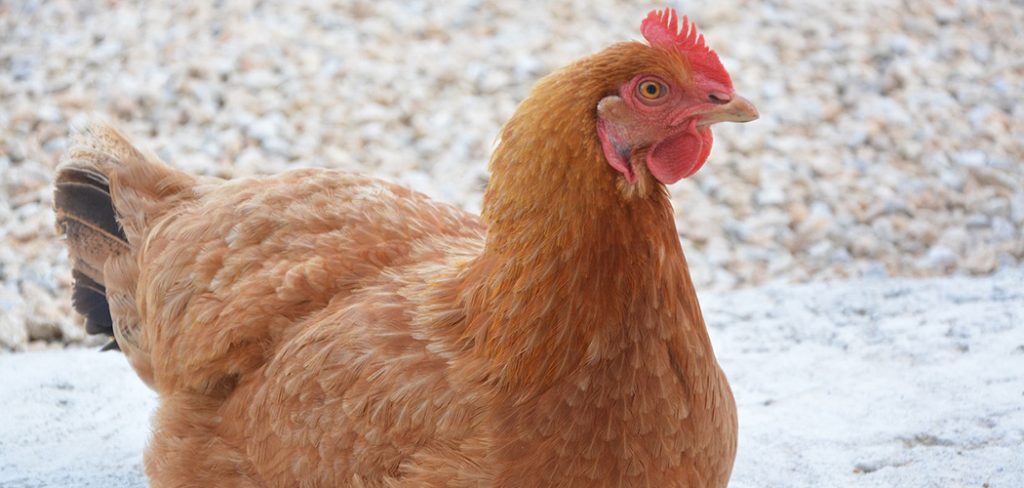The Silkie is a breed of chicken popular for its unique appearance and beautiful feather arrangement. It is named ‘Silkie’ because of its fluffy plumage which feels like silk and satin when touched.
Silkies are a peculiar breed due to the presence of unusual qualities. Apart from blue or black skin and bones, Silkies have five toes on each foot compared to the four present on most other chickens.
Silkies are known for their friendliness and calm temperament and are widely regarded as one of the most docile chicken breeds.
Origin of Silkie Chicken
The exact origin of the Silkie chicken remains a mystery till date. No one is sure of where these loved birds made their first appearance. However, what we do know is that they originated from somewhere in Southeast Asia. Accounts from famous explorer, Marco Polo, who claimed to have heard of a ‘chicken with fur-like feathers and black skin’ during one of his visits to Asia further buttress this point.
Silkies then made their way West via maritime trade and the Silk route. They were accepted into the North American Standard of Perfection in 1874.
Classification
Most official classifications place Silkies as large fowls. They are considered a bantam breed in some countries, but this varies according to region. In the United Kingdom, large fowl Silkies weigh 4lb for the males and 3lb for females. Their bantam counterparts weigh 600g for males and 500g for females.
Silkies are available in a wide variety of colours which includes black, white, blue, buff and grey. There are several other colours yet to be accepted in the American Poultry Association.
Characteristics of the Silkie Chicken
Silkies have unusually dark blue/black skin, meat and bones. This is due to fibromelanosis, a rare genetic mutation of hyperpigmentation believed to have originated in China.
Their feathers have a fluffy appearance due to the absence of barbicels (hooks that hold the feathers together). This is also responsible for the silky feel of their feathers. The fact the feathers are not held together does in no way mean a Silkie can’t fly, but they are rather limited in this aspect.
Silkies, unlike most chickens have five toes on each foot. They also sport wart-like combs rather than the spiky ones present on most chickens.
Female Silkie chickens are known for their brooding tendencies. In fact, they are often raised to rear the offspring of other birds including geese, ducks and other chicken breeds.
Egg-laying capabilities
It is mainly due to this brooding tendency that Silkies do not make a proficient egg-producing breed. Female Silkies spend several months of the year sitting on a nest of eggs rather than actually laying them.
They produce fewer eggs than most other breeds, averaging just around 90 – 120 eggs per year. Their eggs range in colour from light brown to white.
Check out our guide on the best egg-laying chicken breeds.
Temperament
Silkies are very calm, trusting and friendly birds. They can become quite affectionate, but require frequent and gentle handling for them to socialize.
Health Issues
Apart from what any other chicken would suffer, Silkies are not known to develop special health conditions. Due to their fluffy plumage, however, they are more susceptible to lice and mite infestation. Hence, they should regularly be checked for parasite infestations.
More pictures of Silkie chicken:
Check my other post on DIY chicken coop.
